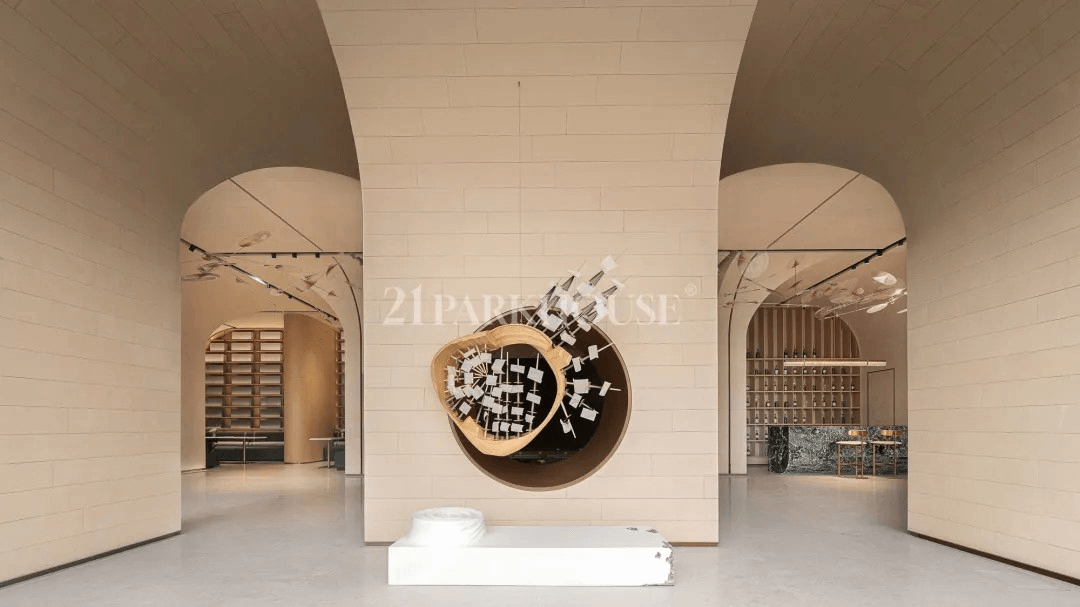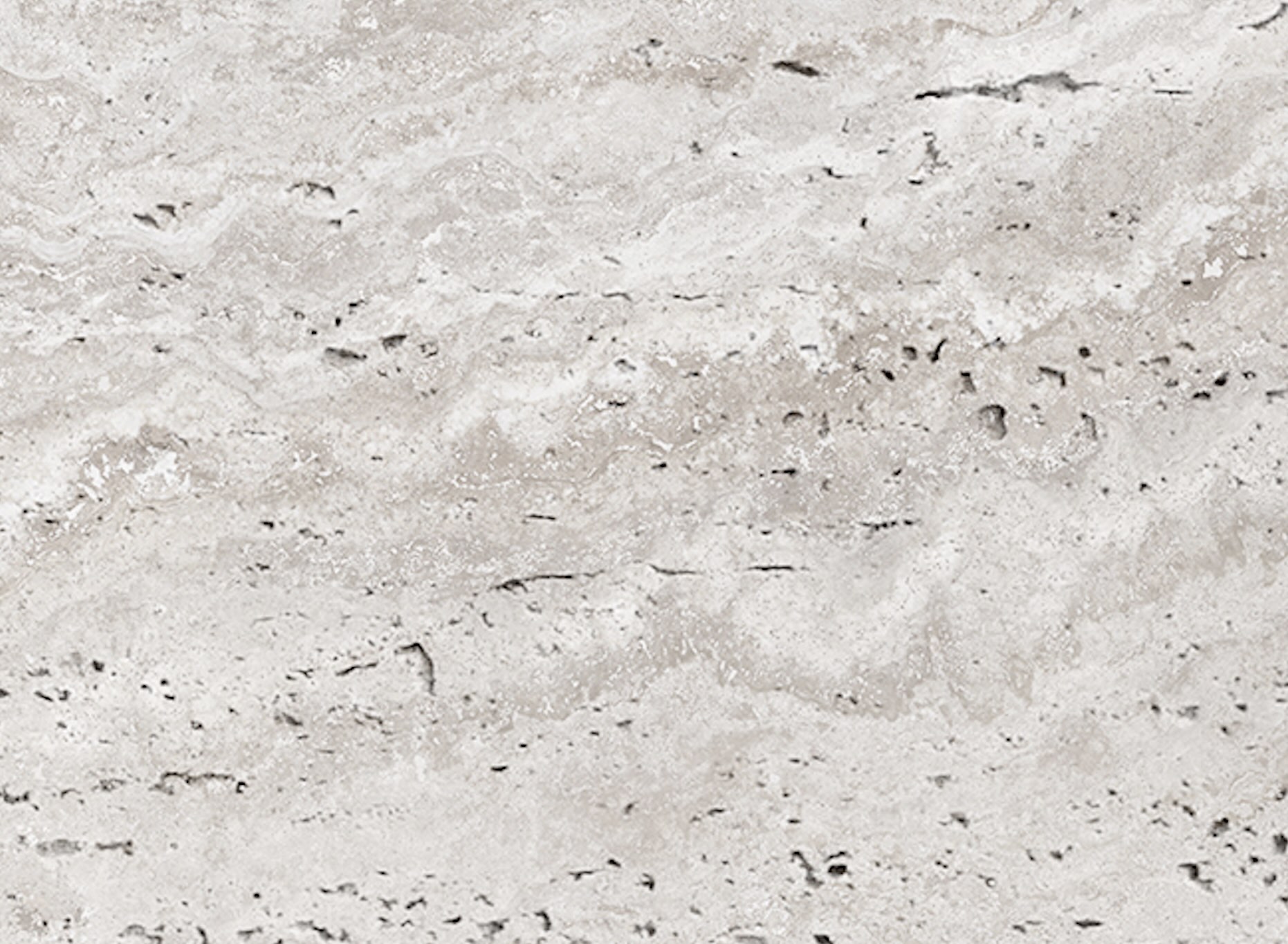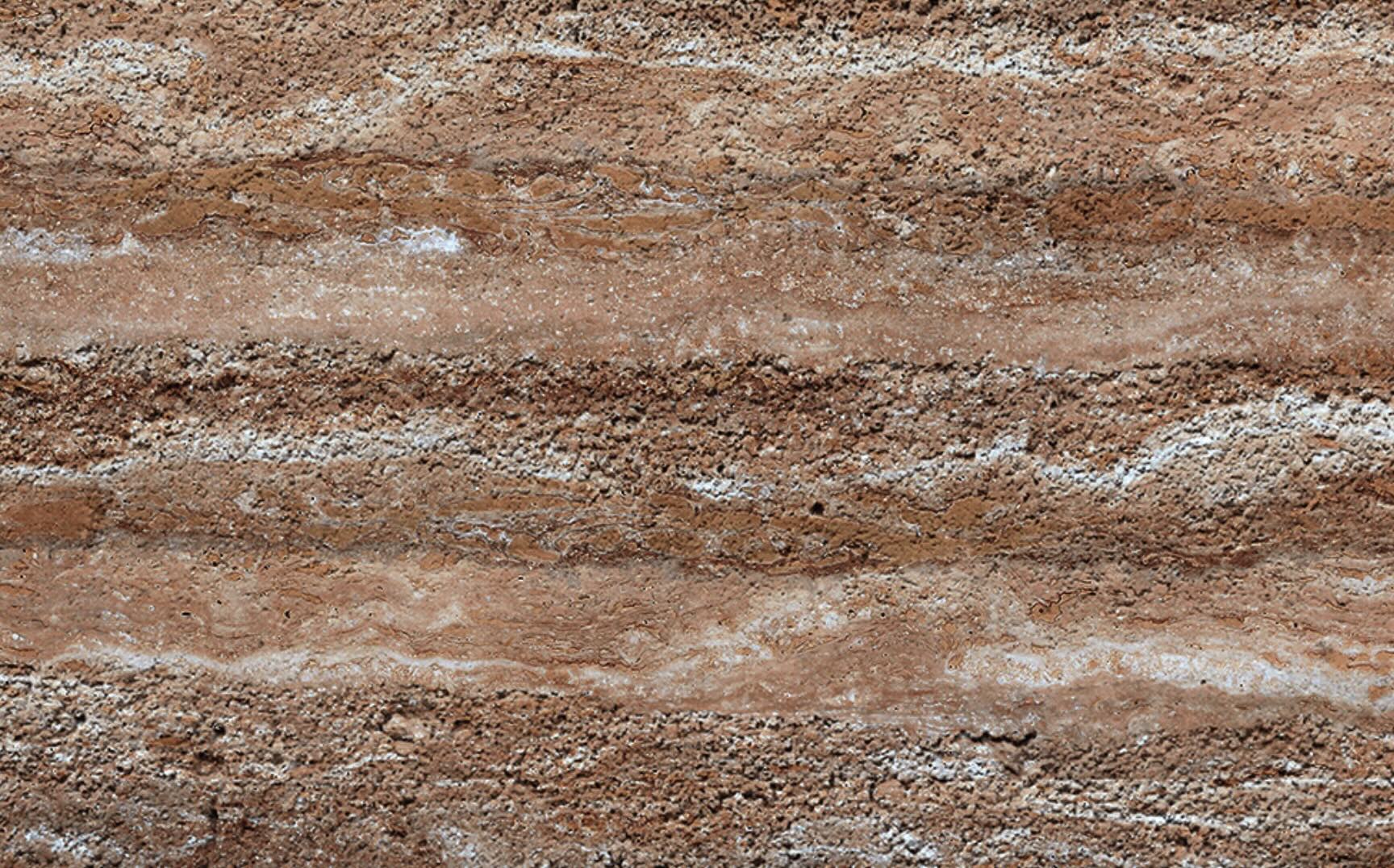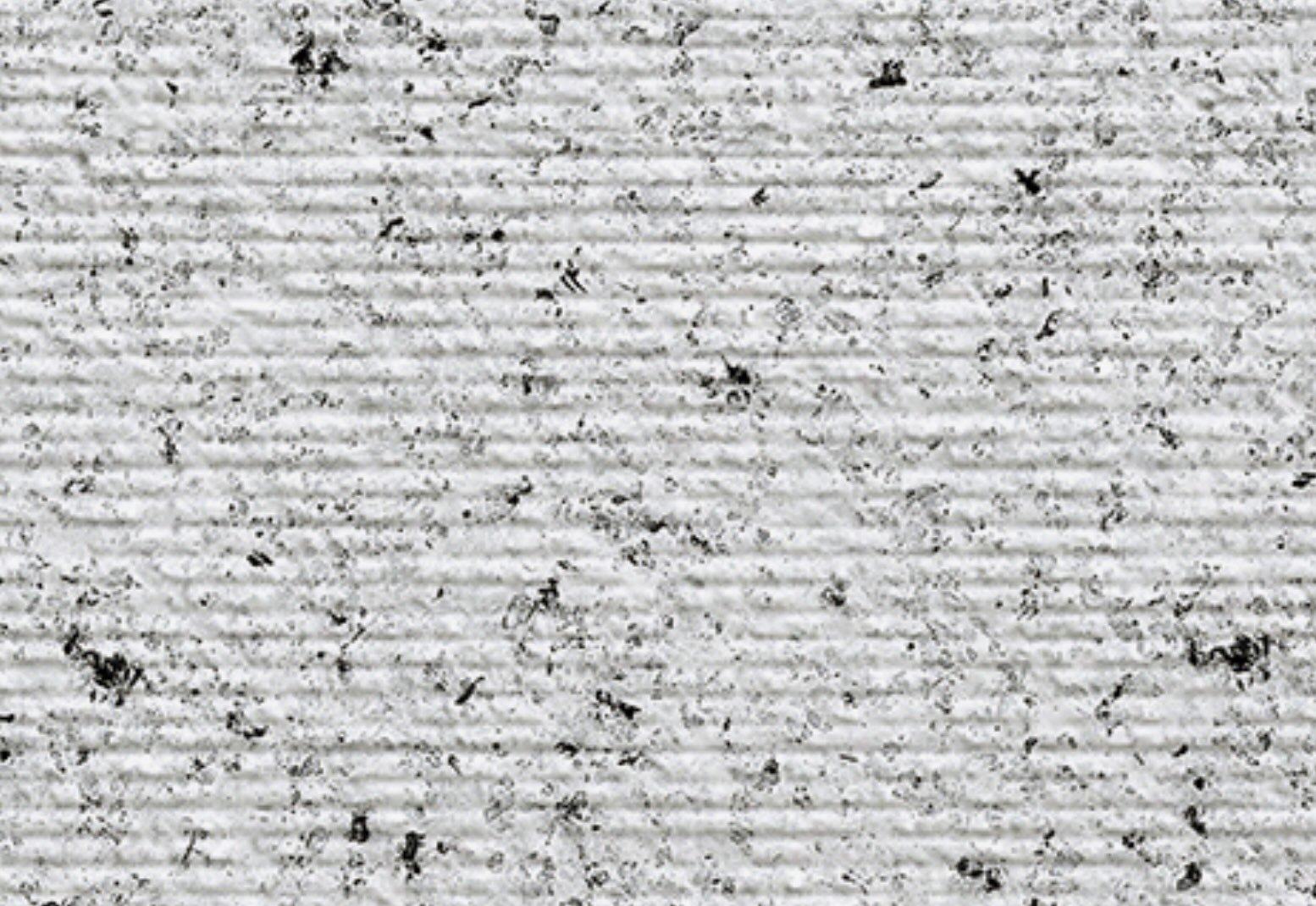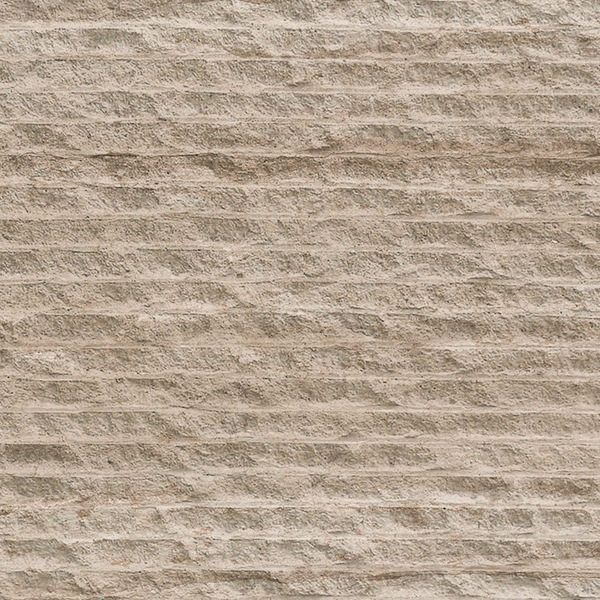With the rapid transformation of the global real estate industry, 2025 is seen as a pivotal turning point.
In its 2025 Global Spatial Design Outlook (hereinafter referred to as the “Outlook”), JLL identifies three key drivers shaping future space design: experience, technology, and sustainability.
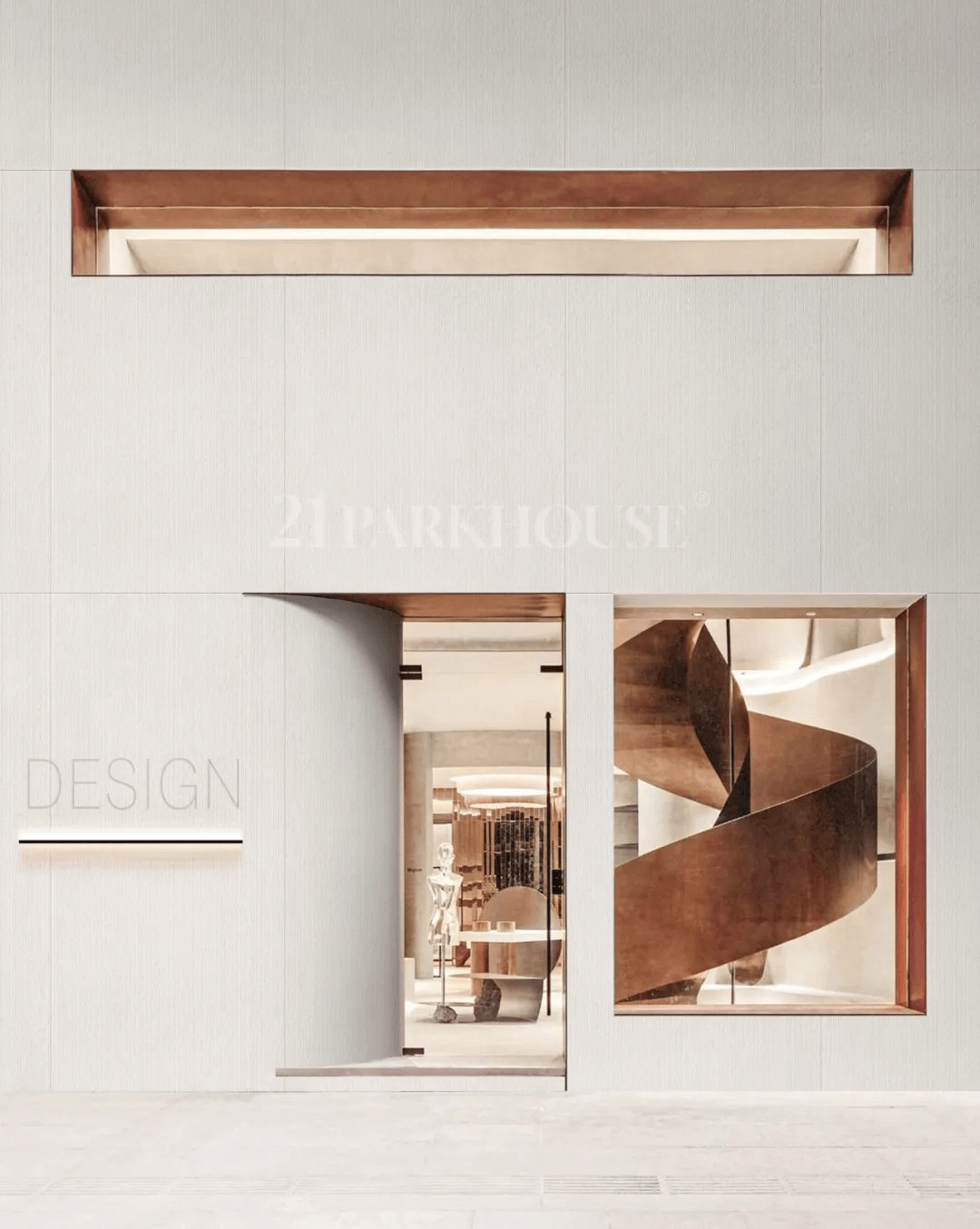
This shift not only redefines the direction of office, retail, and urban space design, but also opens up new perspectives for material selection. In response, leading developers are quietly advancing a series of design upgrade strategies.![]()
01 Low-Carbon Sustainability
From Concept to Practice
According to the Outlook, 72% of Gen Z and Millennial consumers prefer environmentally friendly and healthy spaces, and 65% of enterprises are investing in real estate sustainability performance.
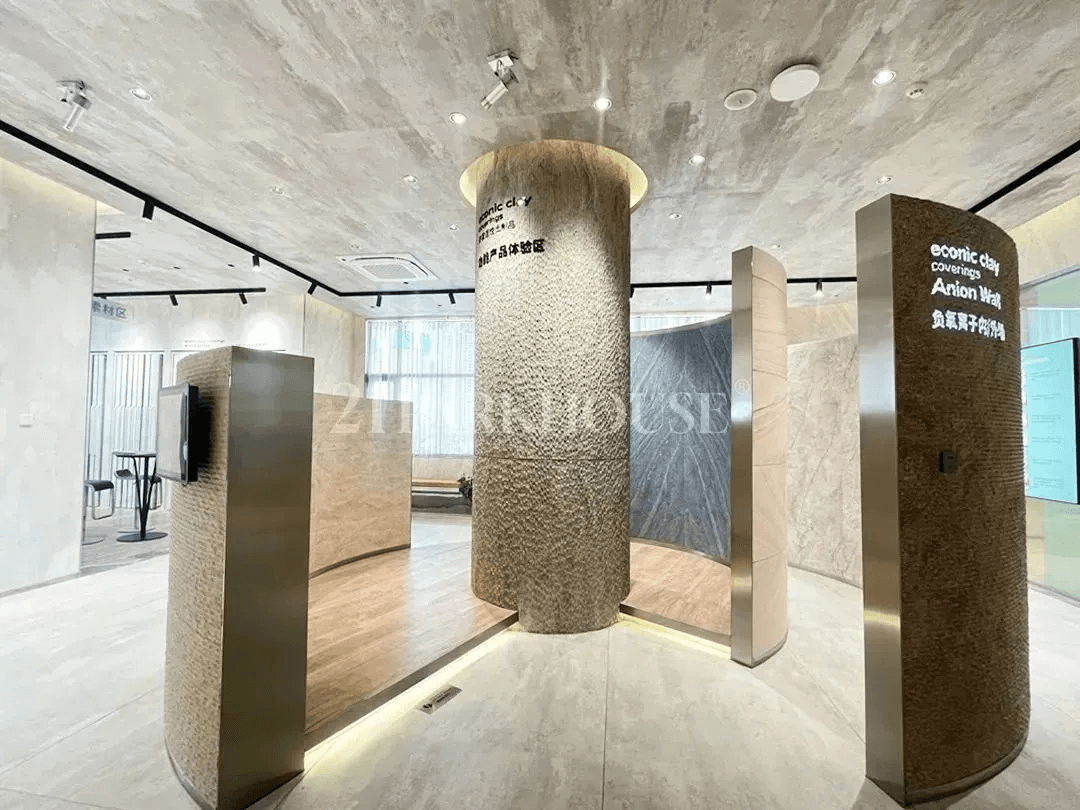
The renovation of existing assets is evolving from “patchwork repair” to systematic restructuring, with a focus on ecological value and emotional connection.
21 Parkhouse® Flexible Stone is made from naturally renewable inorganic materials. It is 100% recyclable and biodegradable, reducing environmental impact. This sustainable material perfectly aligns with the industry trend of renovation over new construction as a carbon reduction strategy.

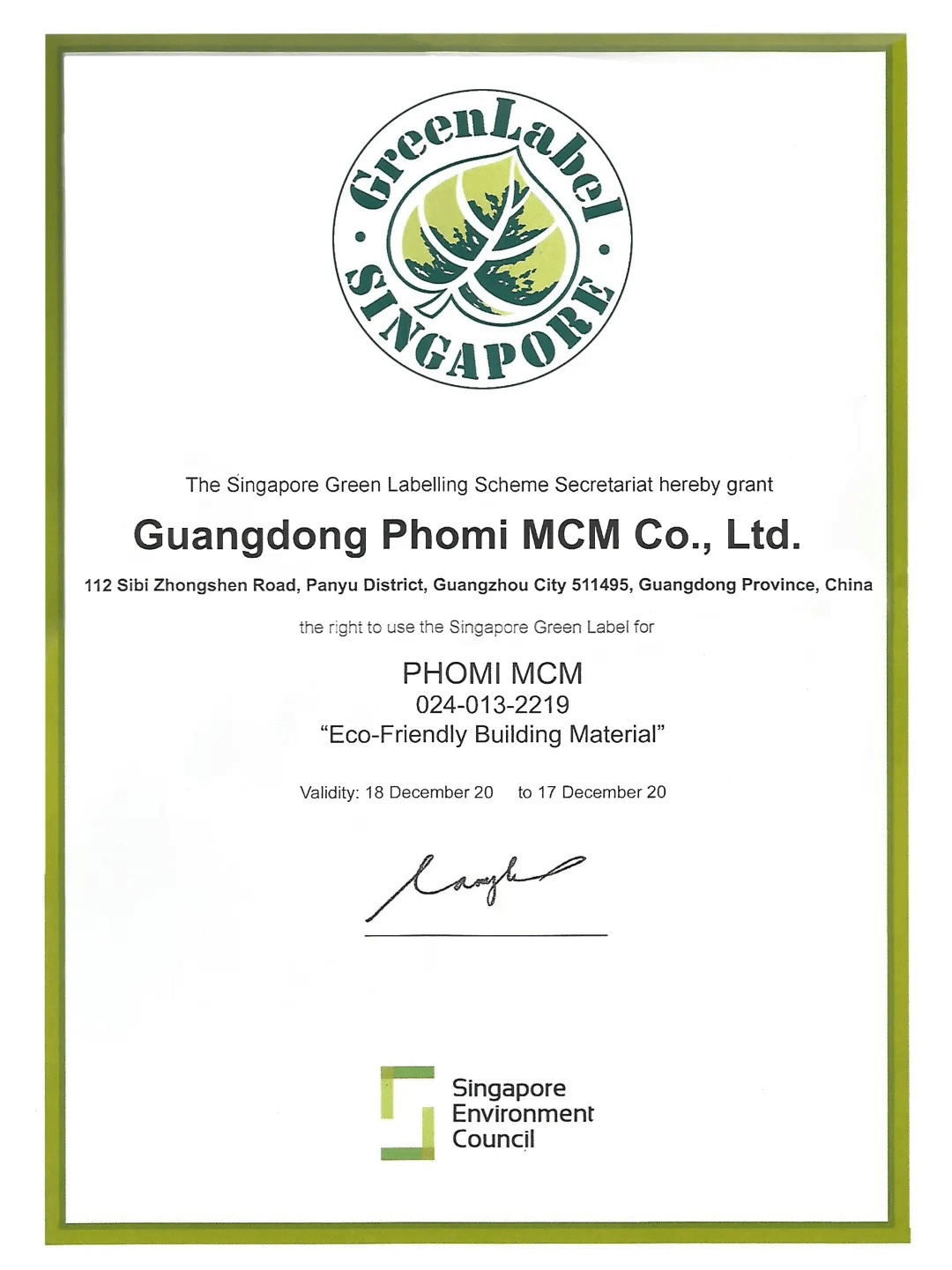
Residential Case: Hushan Yueyuan (Yue Mansion), Suzhou
The original plan used white granite for exterior dry-hanging cladding. It was replaced with Evian Stone and Split Brick flexible panels, reducing raw material usage and construction energy consumption. Covering 160,000㎡, the solution cut comprehensive costs by 70%.
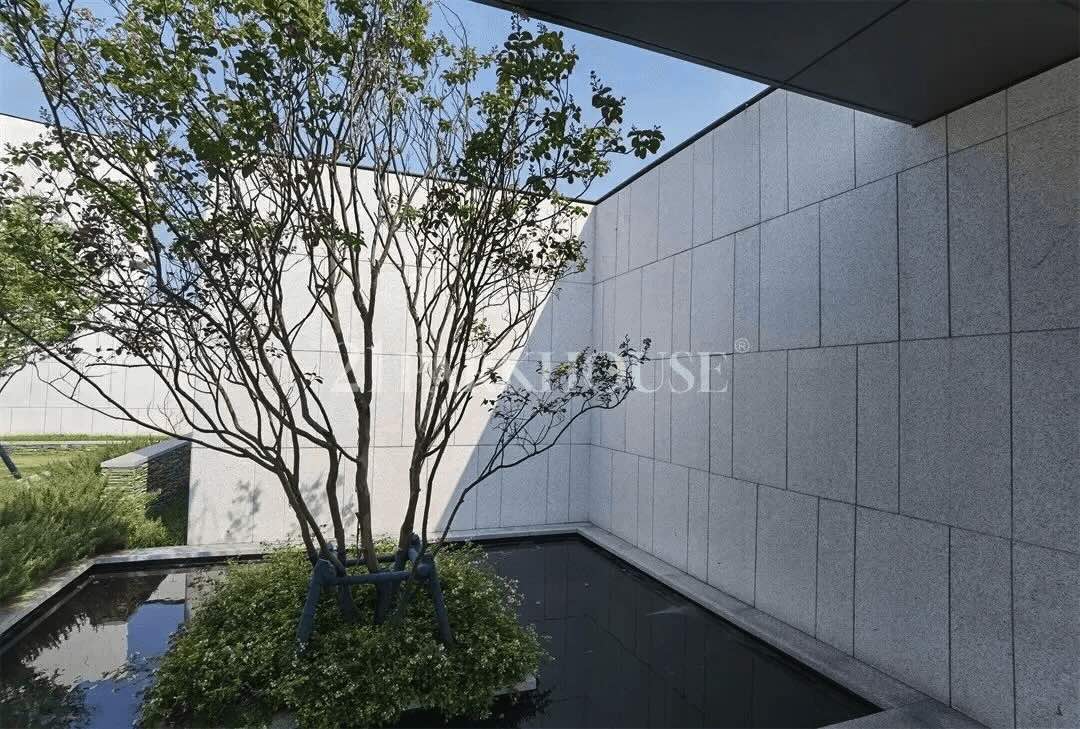
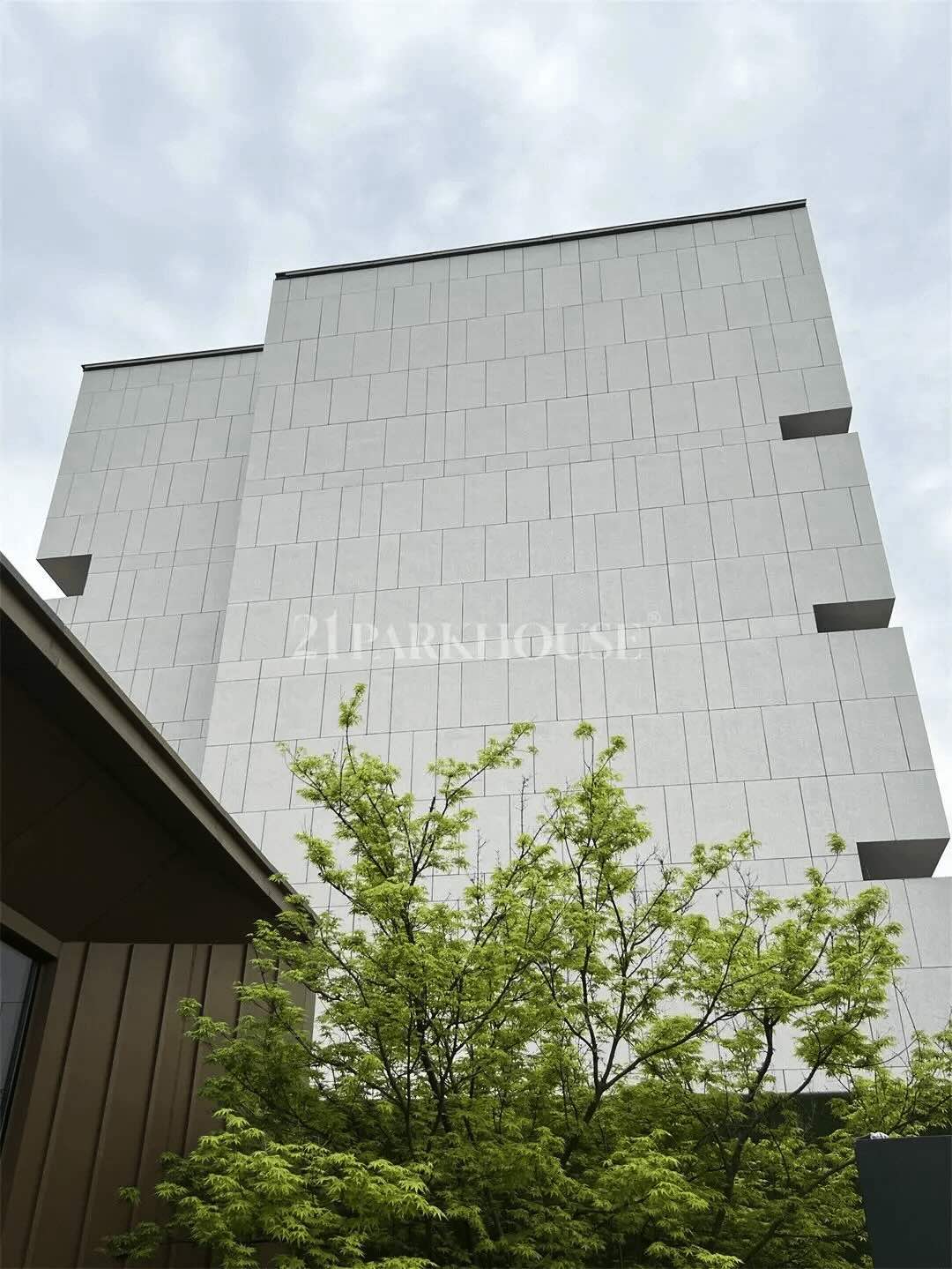
Office Case: GoWork Shared Office, Indonesia
The originally specified woven and wood materials failed to meet fire safety standards. To preserve the design, custom flexible panels in Songjiang W Woven and Natural Wood were used, meeting Class A fire rating and supporting low-carbon goals.
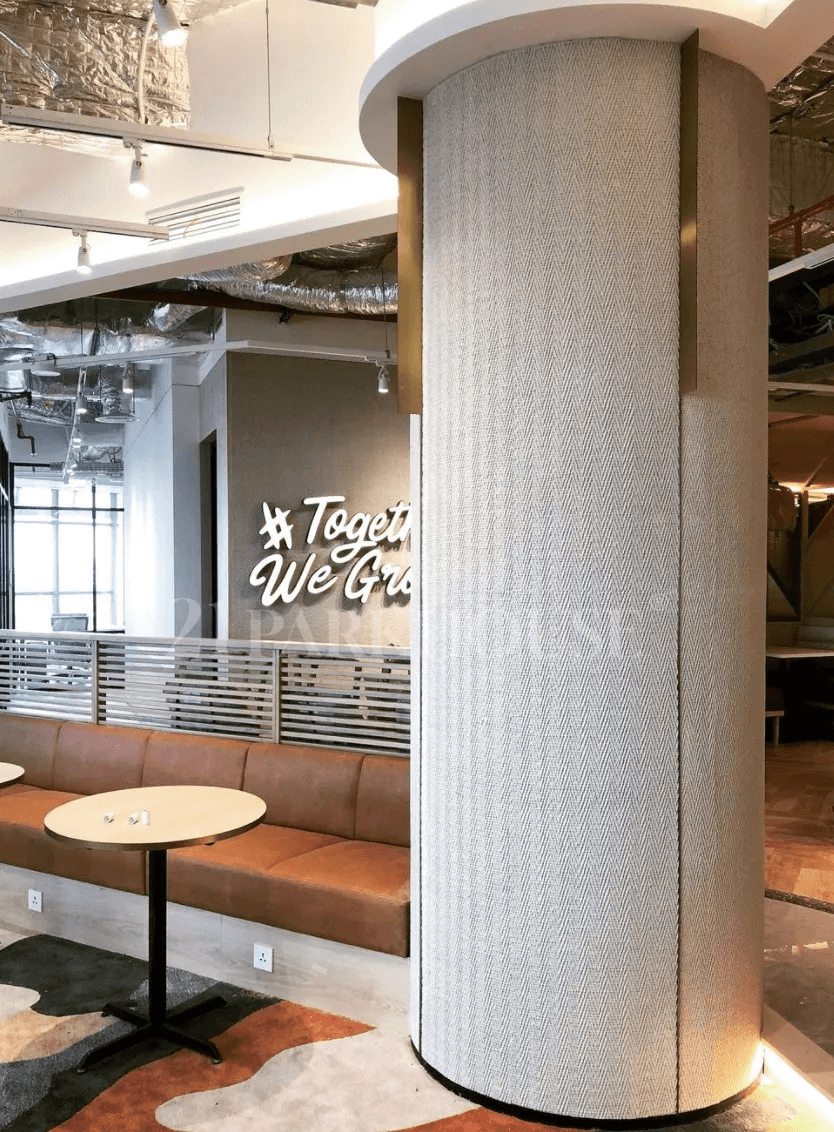
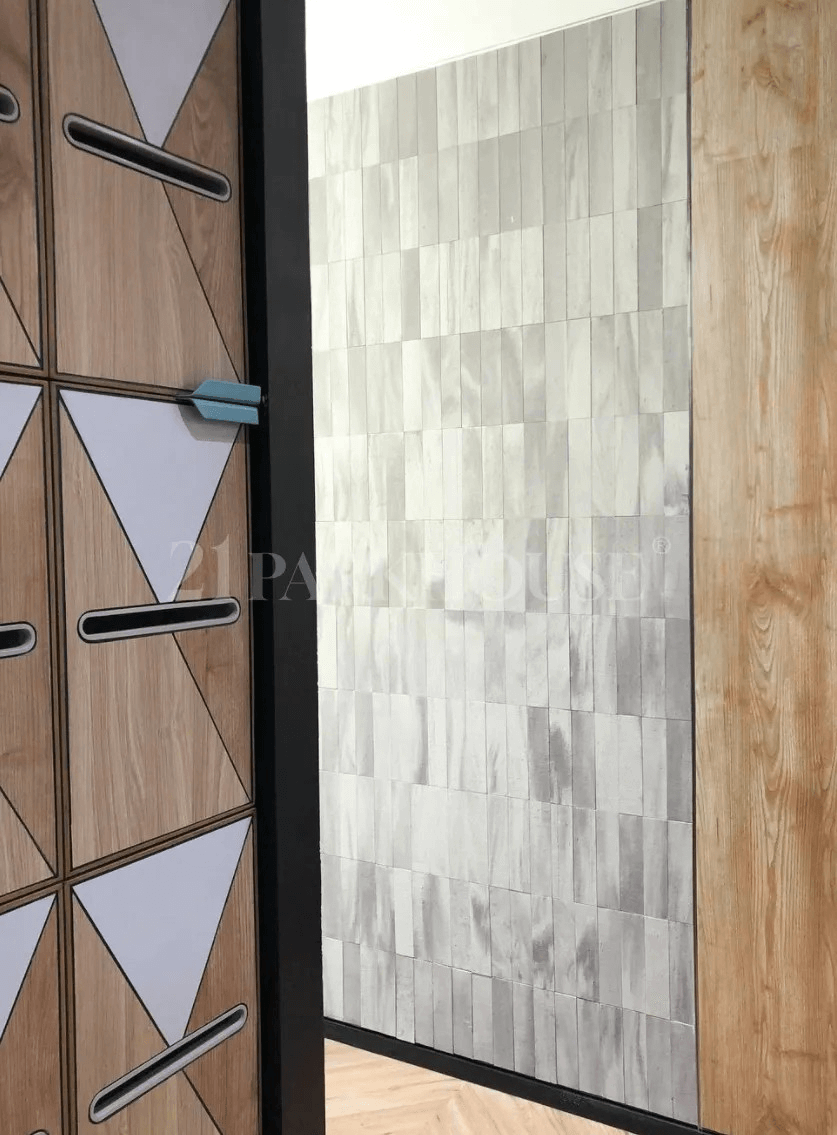
Adaptable to Multiple Scenarios
Traditional renovations often involve demolition, noise, solid waste, and formaldehyde emissions, making them incompatible with modern retrofit demands.
Parkhouse® Flexible Stone Panels—ultra-thin and bendable—offer faster, cleaner, and more adaptable installation.

With no need for substrate removal, panels can be applied directly, reducing time, waste, and disruption, while also being formaldehyde-free and odorless—usable immediately after installation.
Commercial Case: Seminyak Starlight Mall, Bali
Brick was applied to interior walls, exterior façades, and ceilings directly over old cement and aluminum panels. Covering 3,000㎡, the installation was completed in about two weeks with minimal disruption to operations.
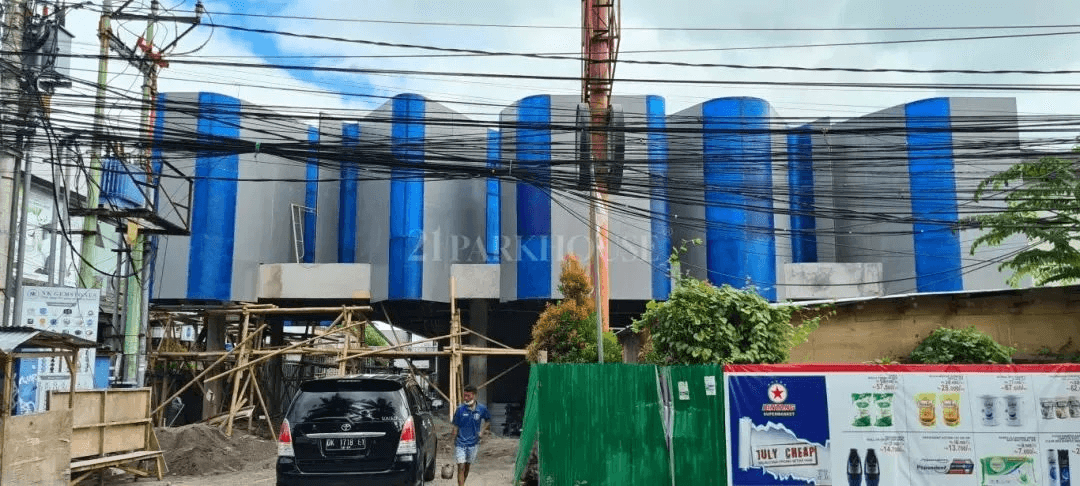 *before
*before

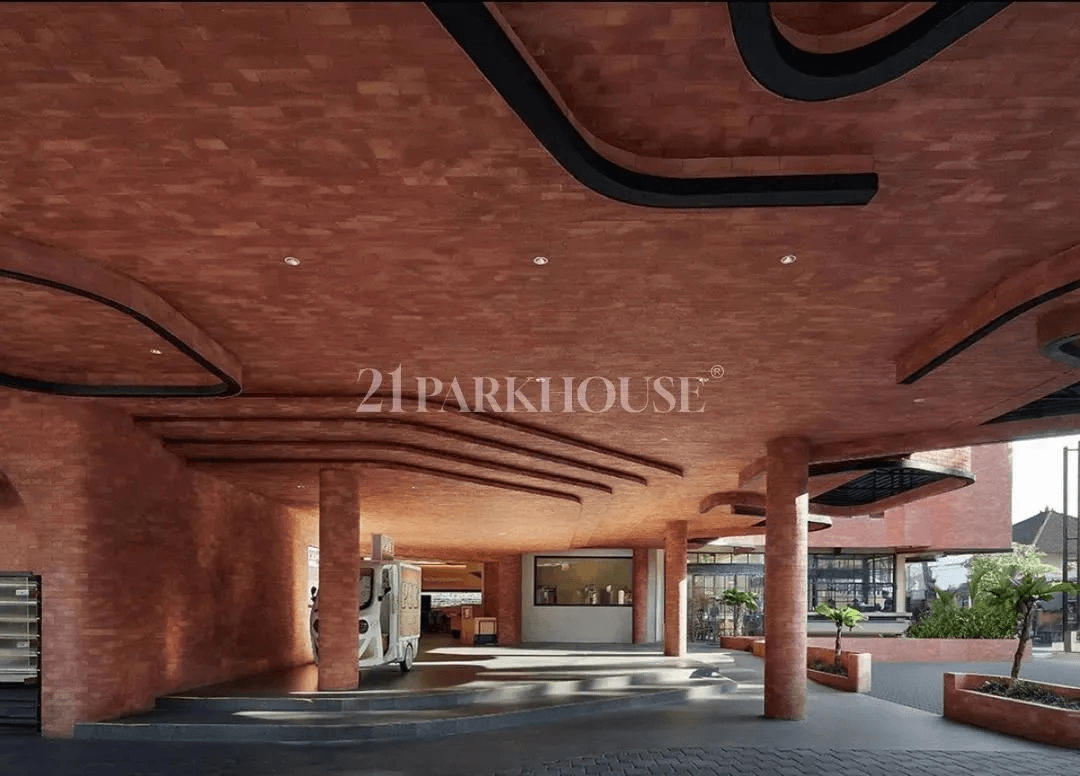 *after
*after
Hospitality Case: Novotel Hotel, Wuxi
Roman Travertine was applied to lobby walls over the original marble substrate. Covering 2,600㎡, the project was completed in around two weeks with zero formaldehyde and instant usability.
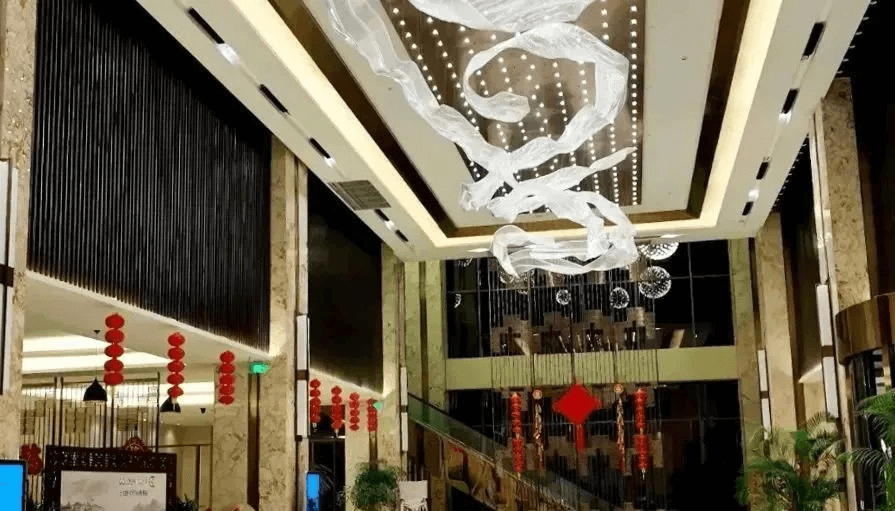 *before
*before
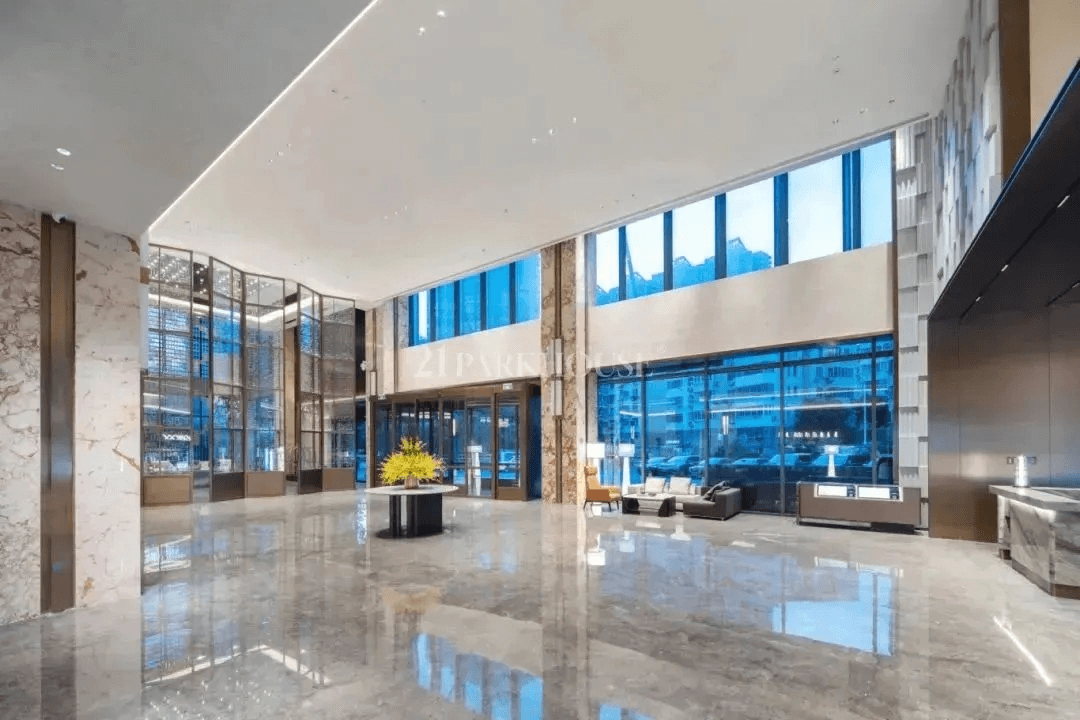
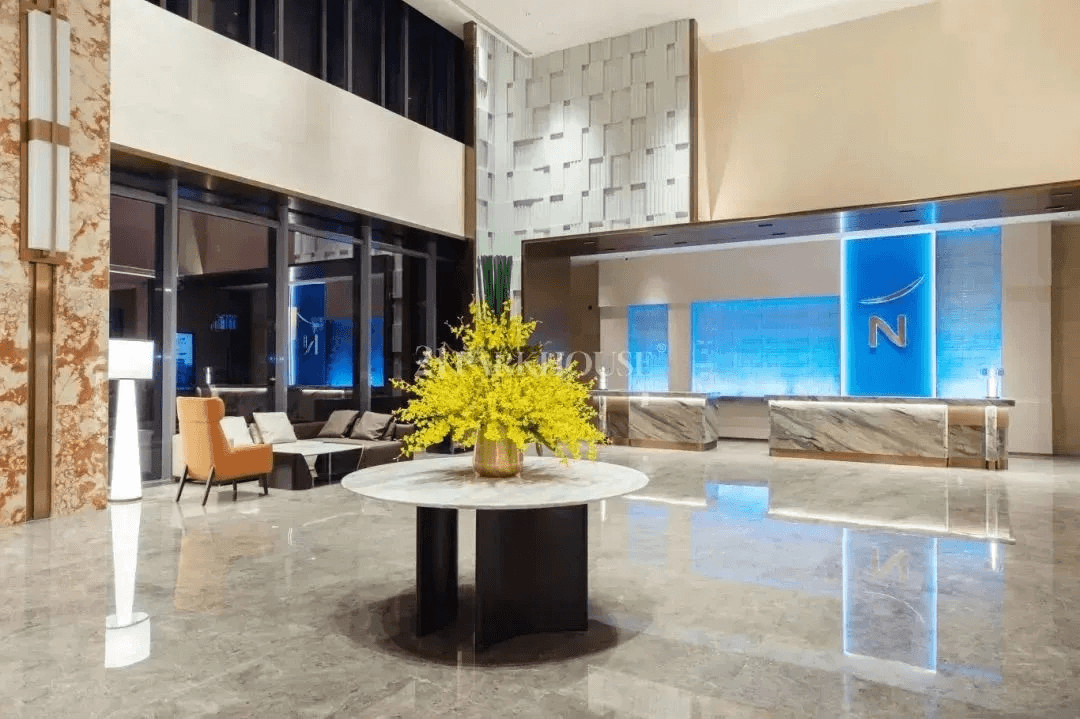 *after
*after![]()
03 Experiential Spaces
Full-Spectrum Upgrade from Function to Emotion
The Outlook emphasizes that human-centered experience is now the top priority in design.
21 Parkhouse® Flexible Stone not only meet functional demands but also elevate visual and tactile experiences. With rich textures and colors, they inject cultural identity and emotional depth into spaces—fostering social connection and a sense of belonging.
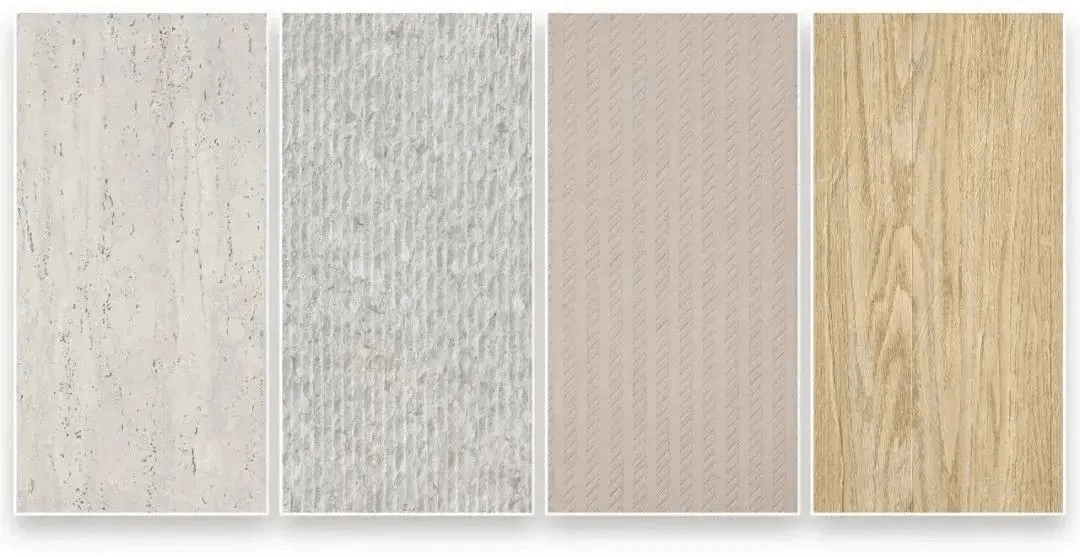
Sales Center Case: Poly Tianxi No.1, Chongqing
From ceilings to walls, inside to outside, the panels' flexibility, durability, and lightweight properties enable continuous application across curved surfaces, supporting seamless integrated design.

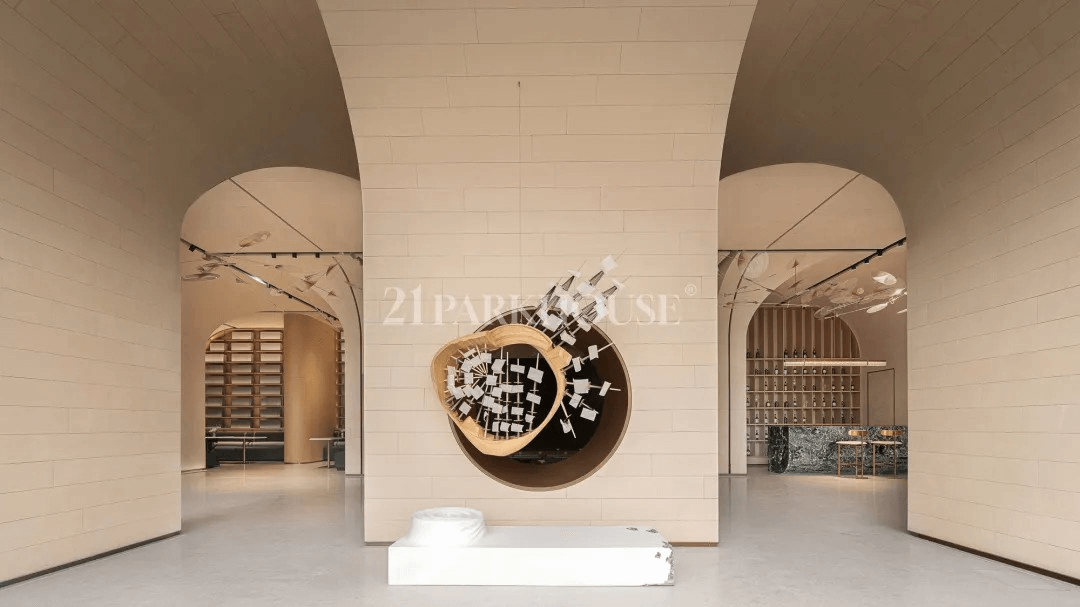 *after
*after
Museum Case: Erlitou Xia Capital Site Museum (National Tier-1), China
Due to challenges in site-applied textured paint, designers created a custom Flexible Stone Panel featuring totem textures reflecting Chinese heritage—evoking the grandeur of an ancient dynasty
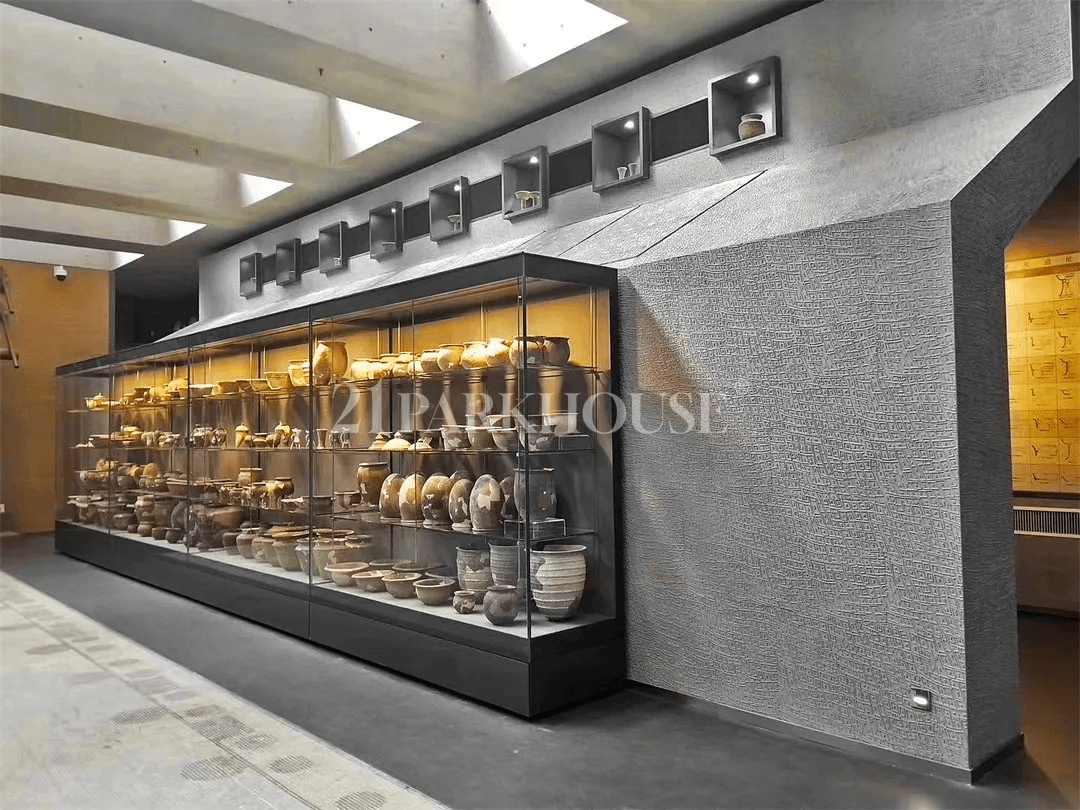
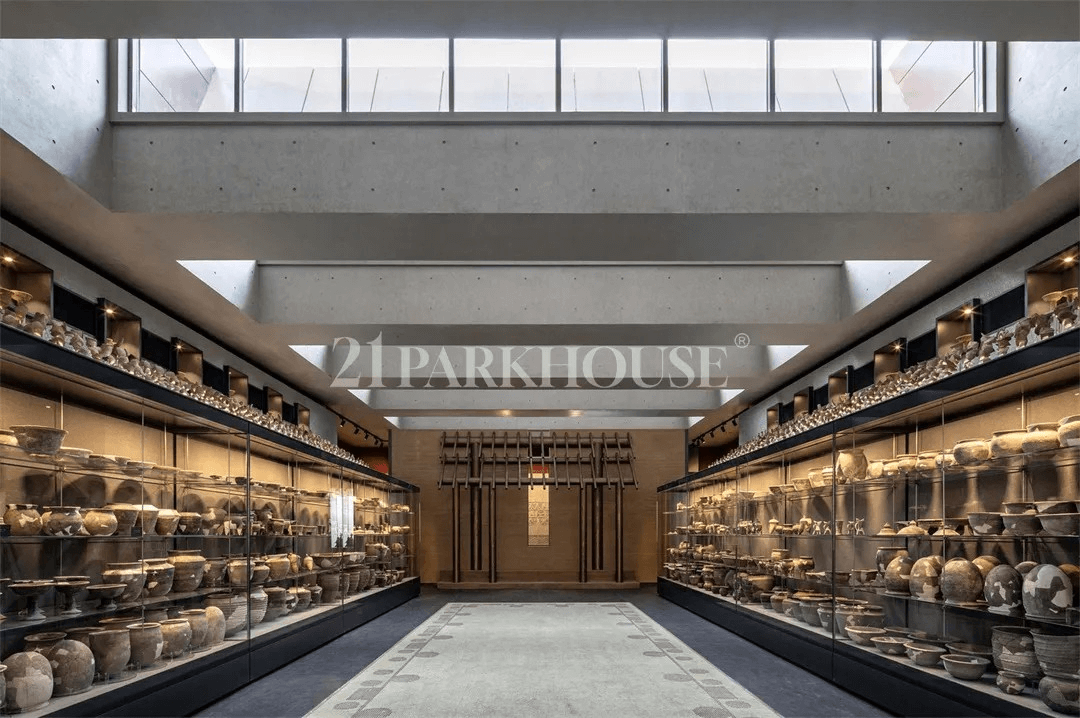 *after
*after
Public Space Case: LRT Station, Kuala Lumpur
The upgraded LRT station adopted a color-blocking design using Flexible Stone Panels, expanding creative boundaries and enhancing its identity as an urban renewal landmark.
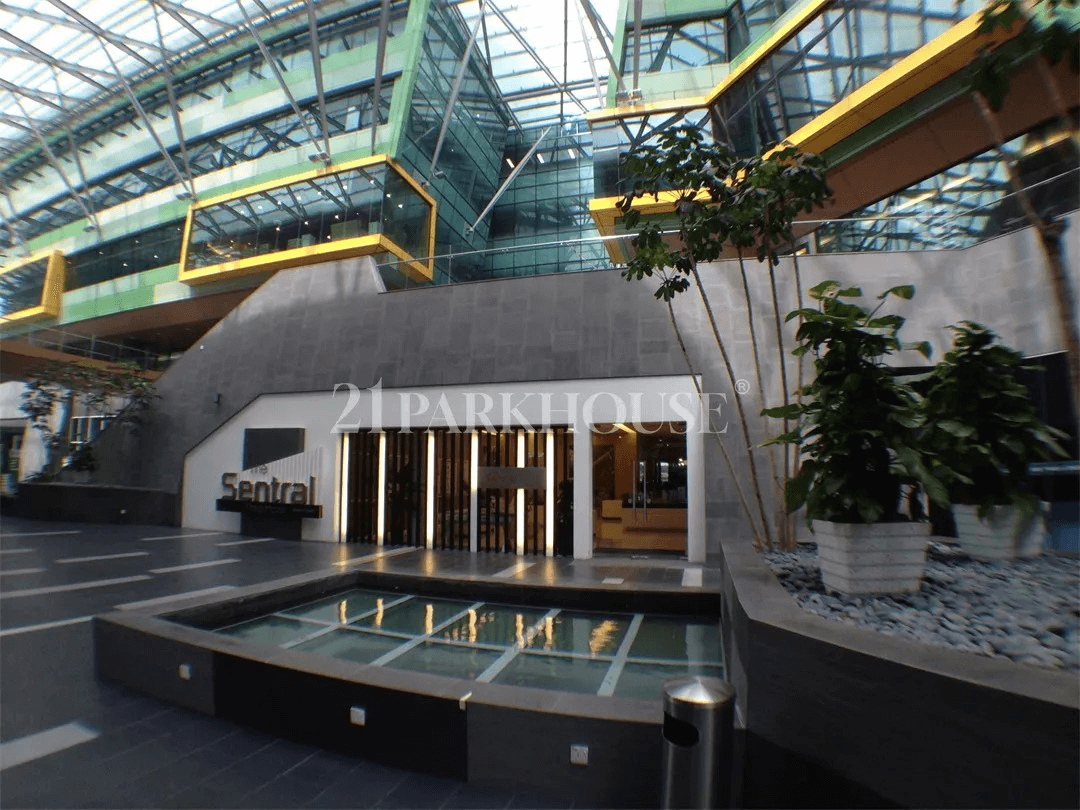 *before
*before
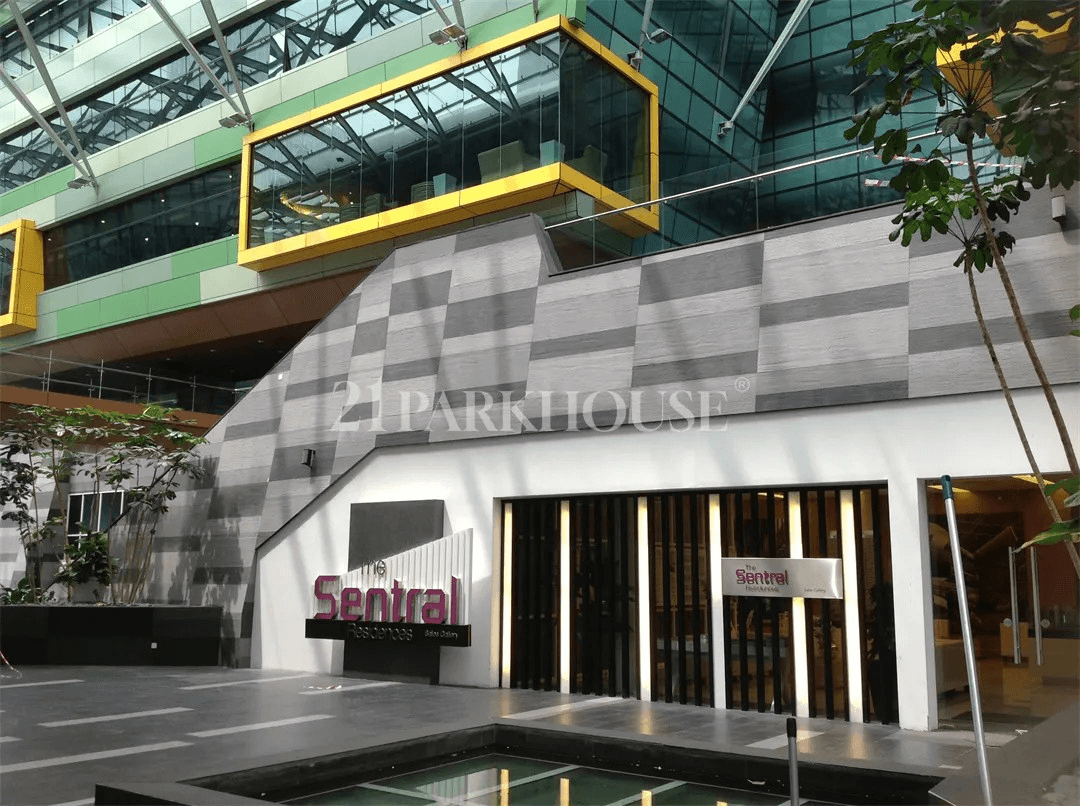
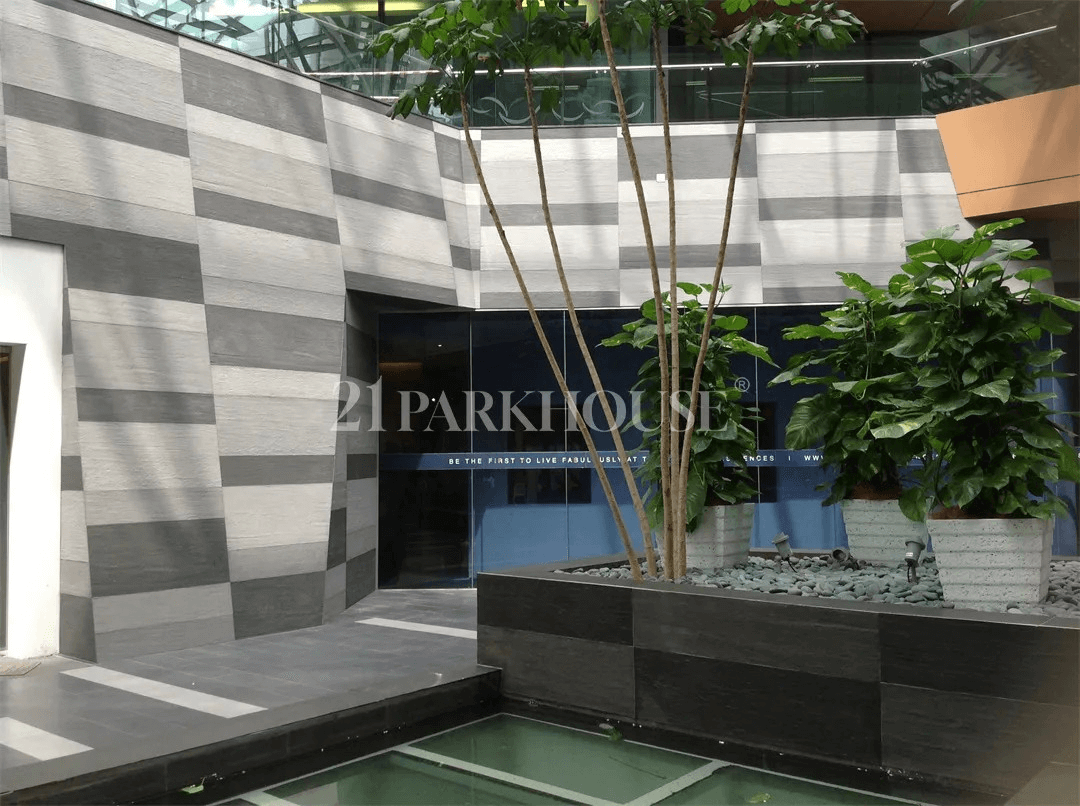 *after
*after![]()
In 2025, spatial design becomes the convergence point of sustainability, technological efficiency, and human-centric experience.
21 Parkhouse® Flexible Stone, with the advantages of nature-inspired synergy, agile renewal, and sensory innovation, provide a practical path forward for developers and designers—enabling continuous spatial upgrades while creating environments rich in ecological value and cultural meaning.

